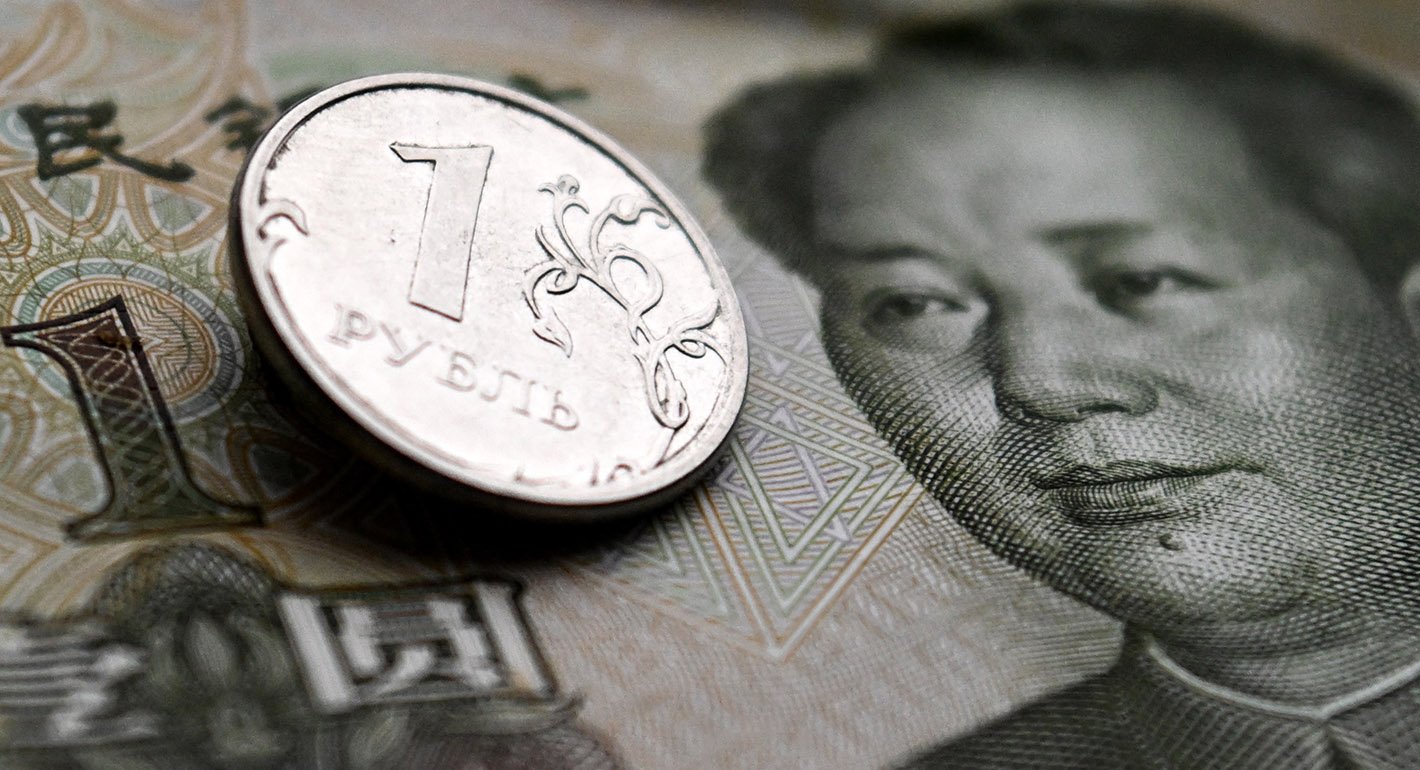What’s going on here?
China’s yuan slipped against the dollar on Monday after its best week since December, mostly fueled by a sharp rise in the Japanese yen.
What does this mean?
Investors are growing nervous as major central banks gear up for crucial interest rate decisions. The Bank of Japan and the Federal Reserve will announce their policies on Wednesday, with market players eagerly anticipating their guidance on future monetary policy. Meanwhile, China’s Politburo is expected to meet soon to debate economic strategies and measures, potentially expanding on plans from their third plenum two weeks ago. Renewed tensions in the Middle East are boosting demand for safe-haven assets like the yen, adding pressure on the yuan. Goldman Sachs notes that the yen’s strength has propped up the yuan, given its role as a favored funding currency in Asia due to its low yields. However, a gradual depreciation of the offshore yuan is expected, influenced by the upcoming US elections and tariff discussions.
Why should I care?
For markets: Central banks set the tone.
With the Bank of Japan and the Fed ready to unveil their interest rate policies, market dynamics are at a crucial juncture. Any major changes could cause currency market volatility, impacting investment flows worldwide. Investors should keep an eye on these announcements, alongside China’s upcoming manufacturing data and potential interest rate cuts from the People’s Bank of China, for signs about the broader economic outlook.
The bigger picture: Economic strategies under scrutiny.
China’s economic fundamentals remain shaky, with Barclays analysts predicting further interest rate cuts by the PBOC in Q4. The yuan’s decline highlights underlying issues, like a weak property sector and low consumer spending. Global investors are wary of Chinese assets, with capital moving away from the yuan and China’s stock market struggling to draw foreign investment. The upcoming Politburo meeting and recent unexpected monetary easing measures are key to understanding Beijing’s strategy to stabilize the economy.







